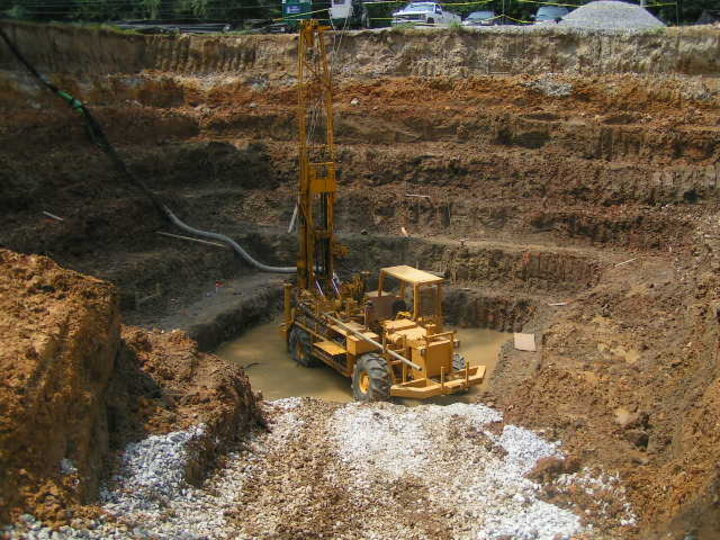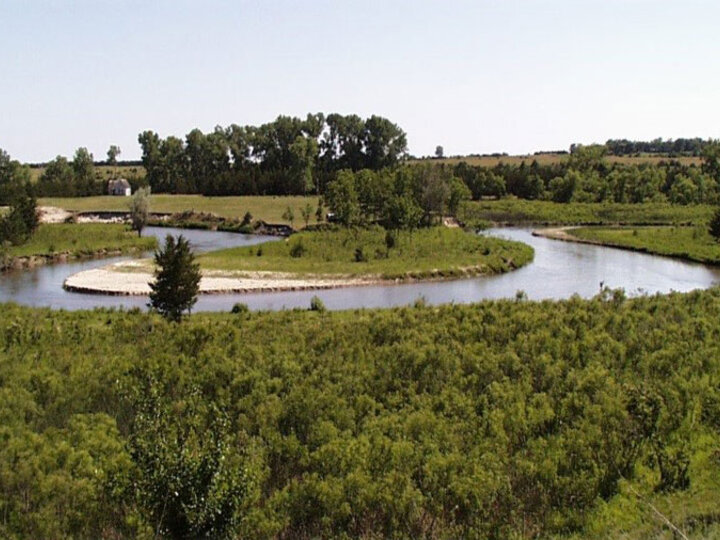Engineering Education
Discipline-based education research (DBER) in engineering encompasses the study of teaching and learning in engineering from the perspective of engineering as a whole and the individual engineering disciplines – their domain knowledge, practices, culture, world outlook, and concerns. It is the study of the teaching and learning of our youngest engineering hopefuls which generates evidence of change in how we educate students.
Learn More
Environmental Engineering
The Environmental Engineering faculty conduct research on the funamental and applied aspects of water and air quality engineering, using knowledge in environmental chemistry, environmental microbiology, and process engineering.
Learn More
Geotechnical and Materials Engineering
Geotechnical engineering studies geomaterials (e.g., soils, rocks) to determine the best methods for supporting structures and mitigating issues like floods, landslides, and earthquakes. They also design foundations and structures such as dams, levees, tunnels, and landfills.
Materials engineering focuses on designing construction materials with specific properties, selecting and developing cementitious mixtures, monitoring material quality, and creating specifications for the design, repair, and maintenance of civil infrastructure.
Learn More
Structural Engineering
Structural engineering focuses on the design and analysis of physical systems to safely withstand natural and man-made forces. Structural engineers often work together collaboratively with other engineering disciplines to design large civil infrastructure, such as buildings, roadways, bridges, water treatment facilities, dams, and many others.
Learn More
Transportation Systems Engineering
Transportation engineering focuses on the planning, design, and operations of the transportation system, as well as the management of transportation assets. The transportation system enables the movement of both people and goods that is necessary for economic and social well-being of all Americans.
Learn More
Water Resources Engineering
Fresh water is arguably the most important resource in the world. Climate change and population growth are rapidly changing the availability and distribution of fresh water resources. Water resources engineers manage, plan, and design water resources systems and structures, thus playing a pivotal role in dealing with the increasing complexities of fresh water systems.
Learn More